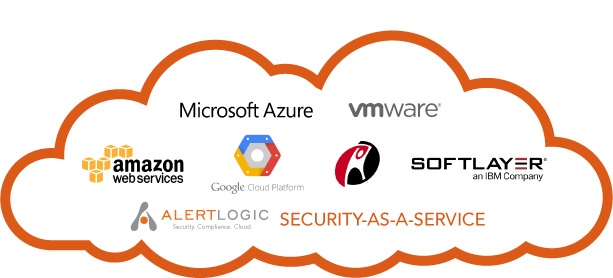
Cloud computing is the on-demand availability of computersystem resources, especially data storage (cloud storage) and computing power, without direct active management by the user. The term is generally used to describe data centers available to many users over the Internet. Large clouds, predominant today, often have functions distributed over multiple locations from central servers. If the connection to the user is relatively close, it may be designated an edge server.
Clouds may be limited to a single organization , or be available to many organizations (public cloud).
Cloud computing relies on sharing of resources to achieve coherence and economies of scale.


CLOUD COMPUTING PLATFORMS
Cloud computing platforms offer a wide range of services. The types of service that these cloud computing platforms also determine their type.
Cloud computing is a scalable system, which made it adaptable to specific conditions. Businesses in a wide range of sizes and industries have different problems and needs.
Cloud computing caters to these problems and needs by developing various platforms. For instance, free cloud storage and paid storage service exist. The reason for this is to cloud computing could cater to small-scale and large-scale usage receptively. This variety of solutions to various problems gave rise to the diverse cloud computing service models
Cloud Computing Platforms in SaaS. Software as a Service or SaaS is one of the most popular cloud computing service models. In this model, applications are developed by third-party providers. These providers made these applications available through the Internet, where users access them.
This type of setup cuts down the need to install these applications on the user’s device. This allows the user to save storage space on the device. Besides, the user has to shoulder the upgrade and maintenance of the installed app. Whereas, in SaaS, app upgrades and maintenance are all shouldered by the provider.



